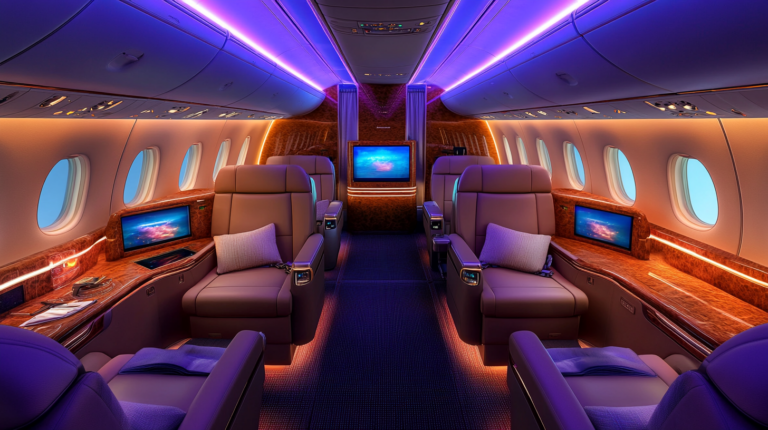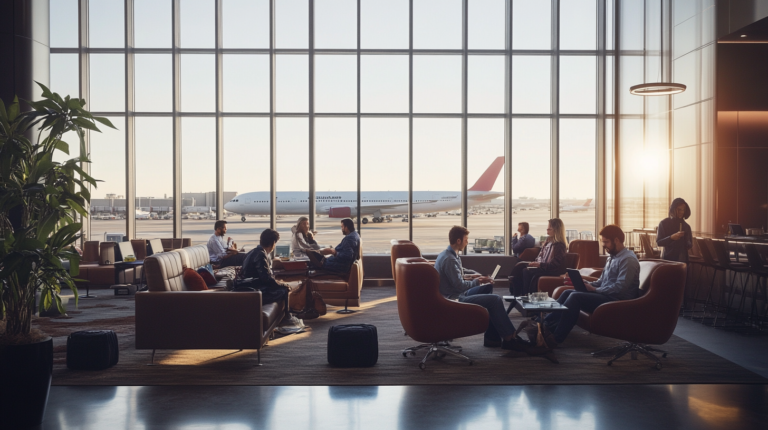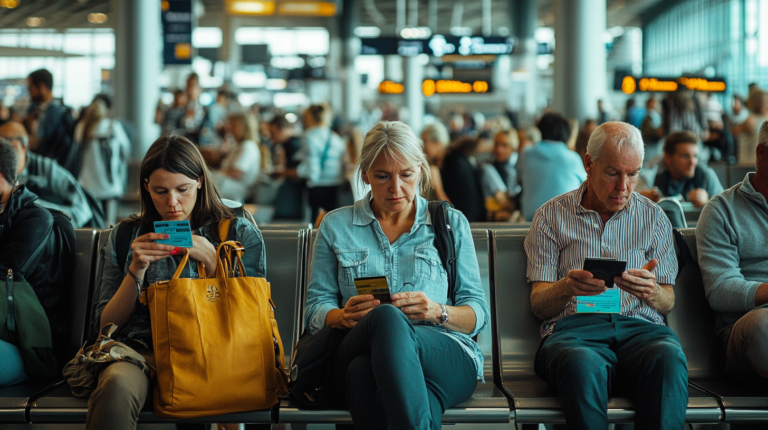Island-Hopping 101: The Savvy Traveler’s Guide to Flying into Hawaii
Flying to Hawaii has always felt like stepping into a sun-soaked postcard for me—where breathtaking views, volcanic wonders, and pristine beaches come together to create a truly bucket-list destination. In 2025, traveling to the Aloha State has become more accessible than ever, with new routes and improved connections. Whether I’m leveraging points and miles or constantly refreshing flight deal alerts, picking the right airport can make or break my tropical escape.
1. Oahu’s Honolulu International (HNL)
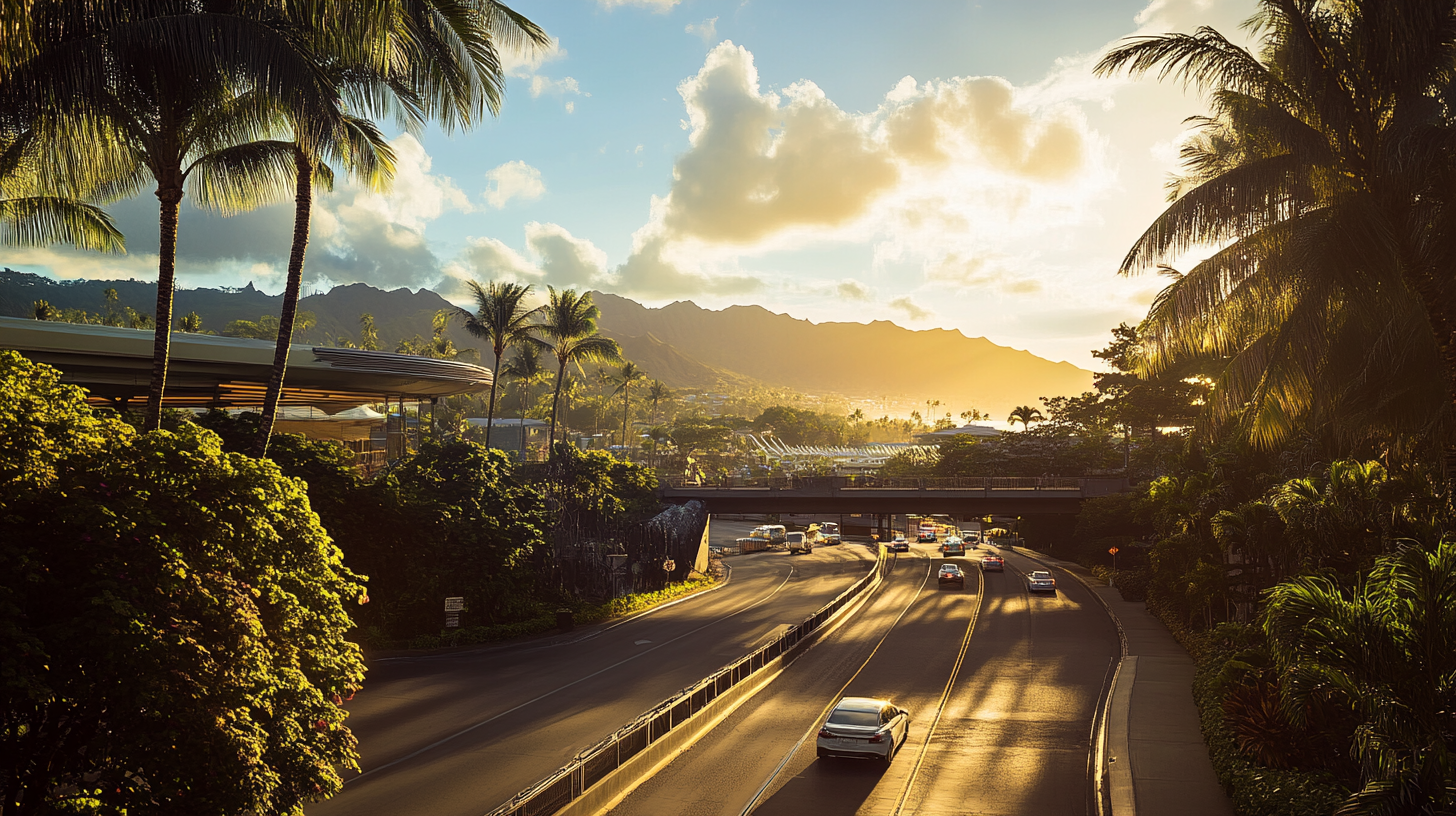
Oahu’s Daniel K. Inouye International Airport (HNL) is an iconic gateway, welcoming countless flights from major carriers like Hawaiian, Delta, United, Southwest, American, and Alaska each week. From my own experiences, this airport feels like Hawaii’s front door: the hustle of international arrivals, the busy concourses, and the immediate fragrance of plumeria leis never fail to excite me. If you plan to hop around several islands, HNL’s frequent short-haul flights on local airlines simplify island-hopping logistics. According to the Hawaii Tourism Authority, HNL saw a steady increase in inbound travelers last year, reflecting its status as a central travel hub.
I’ve found that renting a car at HNL can be a breeze when you book in advance, and it’s a must if you intend to explore Oahu’s hidden corners—like the North Shore for surf-watching or Koko Head for scenic hikes. Industry data also shows that HNL is among the most cost-competitive airports for inbound flights, thanks to the sheer volume of carriers. If there’s one main advantage here, it’s the range of options: you can often find a flight that suits your schedule and budget, especially if you’re open to connecting through the West Coast.
For me, this airport’s biggest perk is the quick jump to other islands via inter-island hops. I’ve taken flights out to Molokai in the morning and returned to Oahu by nightfall during a short trip—something I couldn’t do as easily from smaller airports. HNL’s efficiency might surprise you, especially if you take advantage of the wiki-wiki shuttle system and plan your connections smartly. It’s also worth noting that lounge access here can be a game-changer if you manage to snag membership or a credit card perk.
2. Maui’s Kahului Airport (OGG)
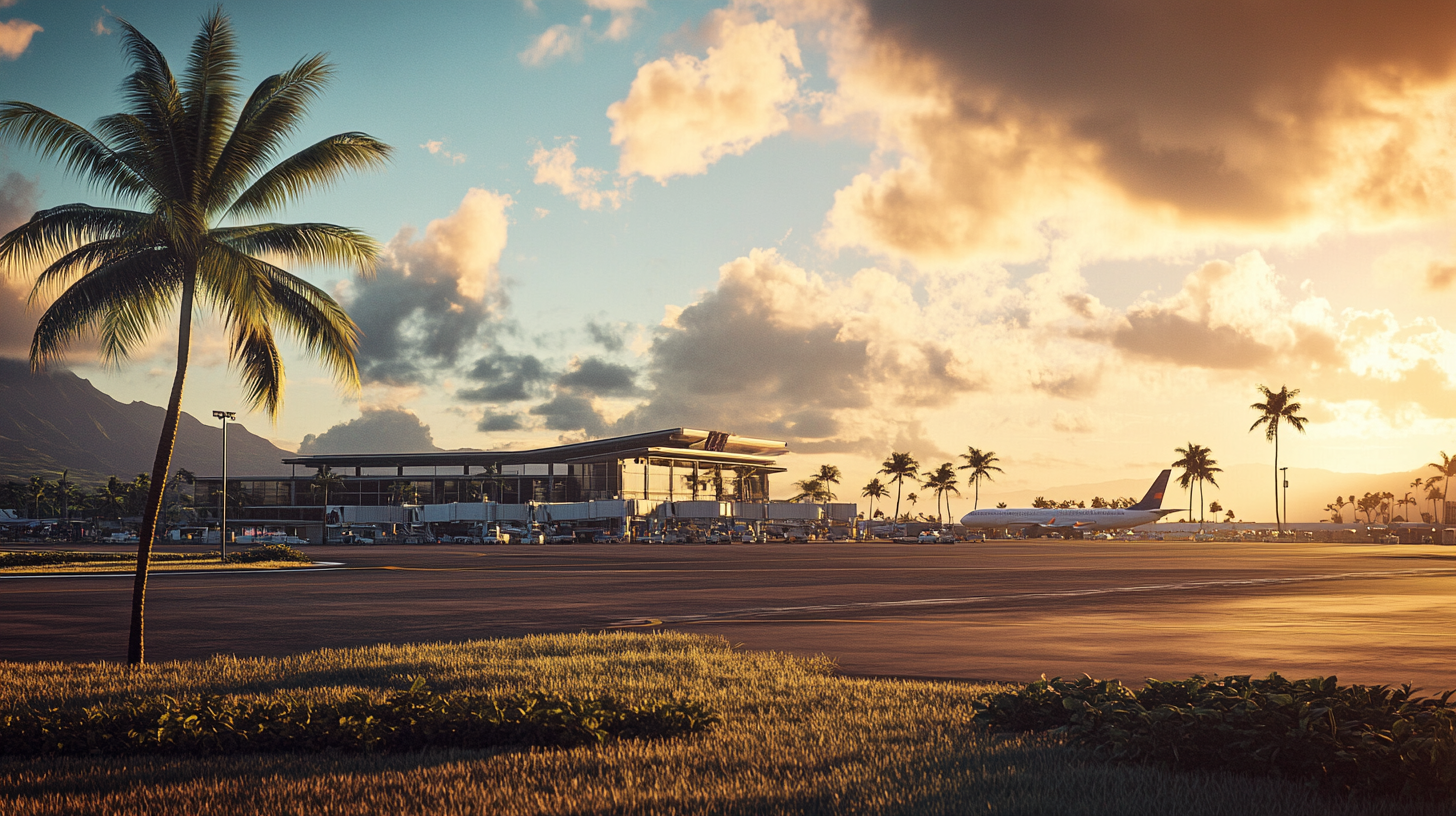
For many, Maui is the embodiment of the perfect island vibe: scenic highways, lush valleys, and truly spectacular surf breaks. I’ll always remember the first time I drove the Road to Hana—OGG made it so straightforward to pick up a rental car and go. This airport receives direct domestic flights from several mainland cities, which means a seamless landing for anyone looking to bypass Oahu’s busier crowds. Still, not all airlines operate year-round service, so checking seasonal schedules is a must.
A recent study suggests that Maui’s popularity has soared for honeymooners and family getaways, especially during off-peak months like early spring and late autumn. One of my favorite tips is to watch out for mid-week arrivals, when prices tend to dip slightly. It’s not uncommon to find flight deals that bundle car rentals, so do your research and compare prices. In my case, I’ve saved hundreds of dollars by booking a flight-plus-car combo during that sweet spot, usually about 40 to 50 days ahead.
While OGG is smaller than HNL, that can actually be an advantage: shorter lines at baggage claim, less traffic on the surrounding roads, and a breezier arrival experience overall. If you’re staying on the west side near Lahaina, factor in the scenic but winding roads—driving at night can be an adventure. I’ve also noticed that some carriers roll out promotional fares during special events like the Maui Film Festival, so keep an eye on event calendars if you’re flexible.
3. The Big Island’s Kona (KOA) and Hilo (ITO)
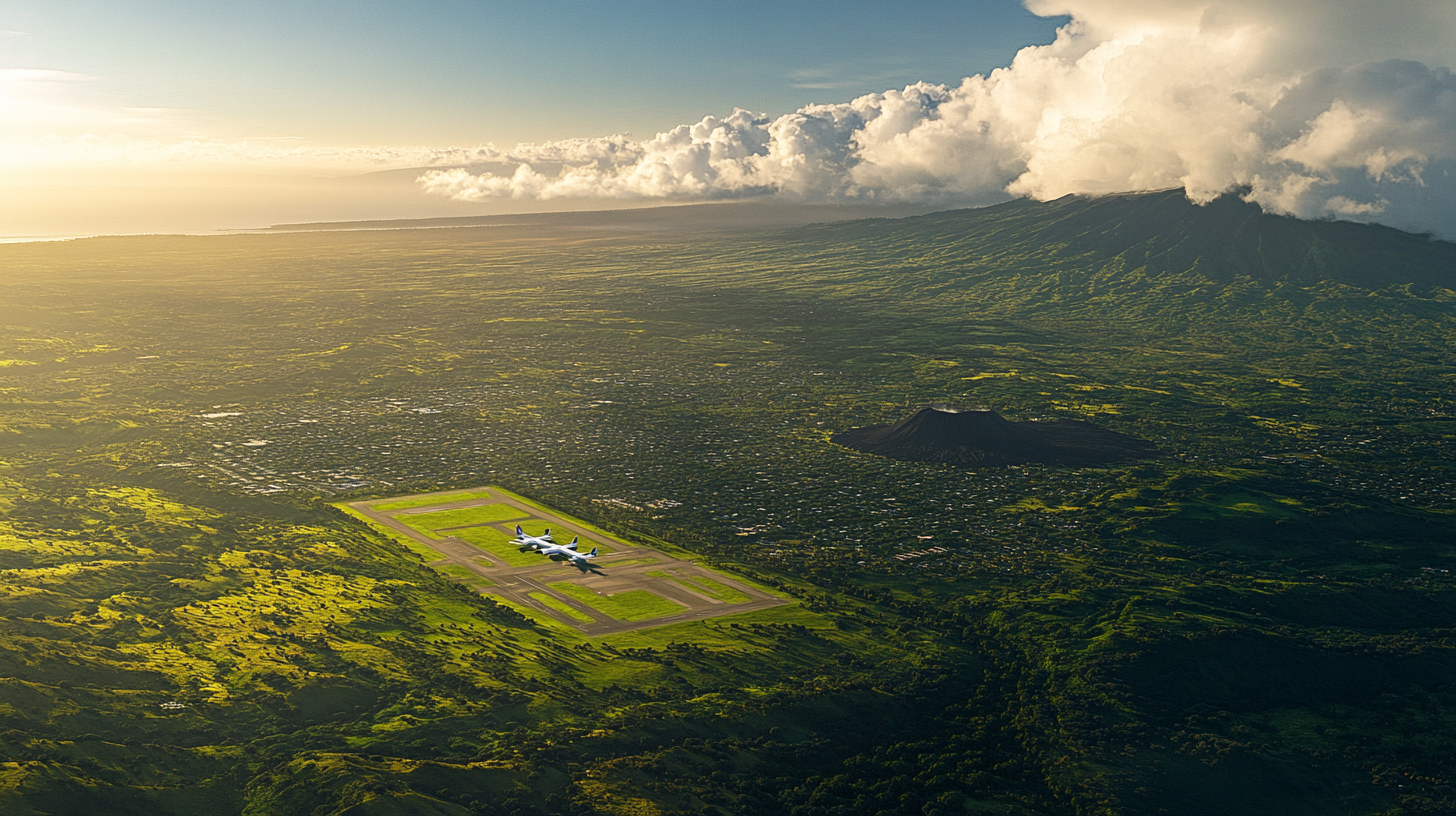
When I first visited the Big Island, I was struck by how different its two main airports feel. Kona International (KOA) on the sunny west coast is all about that laid-back vibe, complete with open-air terminals and nearby beach resorts. Hilo International (ITO), nestled on the rainy east side, offers quicker access to Hawai’i Volcanoes National Park and lush tropical forests. Industry data shows that both KOA and ITO made it onto several “budget-friendly airport” lists in recent years, thanks to competitive fares from West Coast hubs.
I’ve learned to choose an airport based on my itinerary. If I’m planning a beach-heavy vacation full of snorkeling and boat tours, I’ll pick KOA for the convenience. But if my main goal is to explore volcanic landscapes and waterfalls, I’ll typically aim for ITO. The Big Island’s size can’t be underestimated—driving from one side to the other can take hours, although the journey itself is often breathtaking. In my book, a rental car is a non-negotiable here, unless you’re sticking to a single resort.
A recent report by the University of Hawai’i suggests that tourism is on the upswing for the Big Island, particularly among adventure enthusiasts. I’ve seen more specialized tours pop up around volcanic craters and coffee farm excursions near Kona. For a truly immersive experience, consider booking inter-island flights to hop briefly back to Oahu or even onward to Maui. It’s not just convenient; it can add another layer to your Hawaiian adventure by mixing up the island vibes.
4. Kauai’s Lihue Airport (LIH)

Kauai’s nickname, the “Garden Isle,” couldn’t be more fitting—it’s a short drive from LIH to spectacular canyons, waterfalls, and coastal cliffs that make you feel like you’re in a postcard come to life. LIH is smaller and more relaxed than Oahu’s HNL or Maui’s OGG, which I find to be a blessing when all you want is to hit the beach as soon as possible. There are direct flights from select West Coast cities, though schedules can vary seasonally.
In my own travels, I’ve noticed that arriving at LIH in the morning can give you a full day to explore. I suggest grabbing a rental car right away, as the best landscapes—like Waimea Canyon and the North Shore beaches—aren’t always accessible by public transport. Industry surveys show that airfare to Kauai can be slightly higher during the summer months but often drops in the late fall or early winter. For me, traveling outside major holiday seasons has meant snagging deals that are a fraction of peak-season prices.
Despite its smaller scale, LIH is efficient. I’ve rarely encountered long lines at baggage claim, and the drive away from the airport often treats you to gorgeous ocean views. Consider planning a quick stop at a local grocery store for key supplies—like bottled water, sunscreen, and local snacks—before venturing off to your final destination. Kauai’s low-key energy is perfect for anyone seeking a true, slower-paced island vibe.
5. Lanai and Molokai: Small But Scenic

If you’re seeking an even quieter side of Hawaii, these two islands pack in authenticity without the buzz of major tourism. Lanai and Molokai both have smaller airports typically served by local or regional carriers. In my own experience, the flights can be a bit of an adventure: the planes are cozier, and the schedules are more limited, so flexibility is key. Yet the reward is clear—rustic beaches and a sense of calm that’s impossible to replicate on the more crowded islands.
Around 2023, there was a small spike in travelers visiting these islands, according to local tourism boards, likely driven by word of mouth and social media showcasing their untouched beauty. On Molokai, I love how the airport feels frozen in time; it’s truly the “Friendly Isle,” where neighbors greet you like family. Lanai, on the other hand, presents a more upscale resort vibe but still far from the bustle of Oahu or Maui. I personally enjoy the sense of stepping back in time when exploring these islands.
If you’re considering Lanai or Molokai, inter-island flights often connect through Honolulu, so plan your timing with care. I’ve learned the hard way that missing a flight can mean staying an extra night. When you do land, you’ll quickly appreciate the island’s slow pace, minimal traffic, and friendly locals. For nature lovers, these airports are gateways to dramatic coastlines and truly off-the-beaten-path hiking trails, making the extra effort worthwhile.
6. Ranking the Top 10 Airlines for Hawaii in 2025
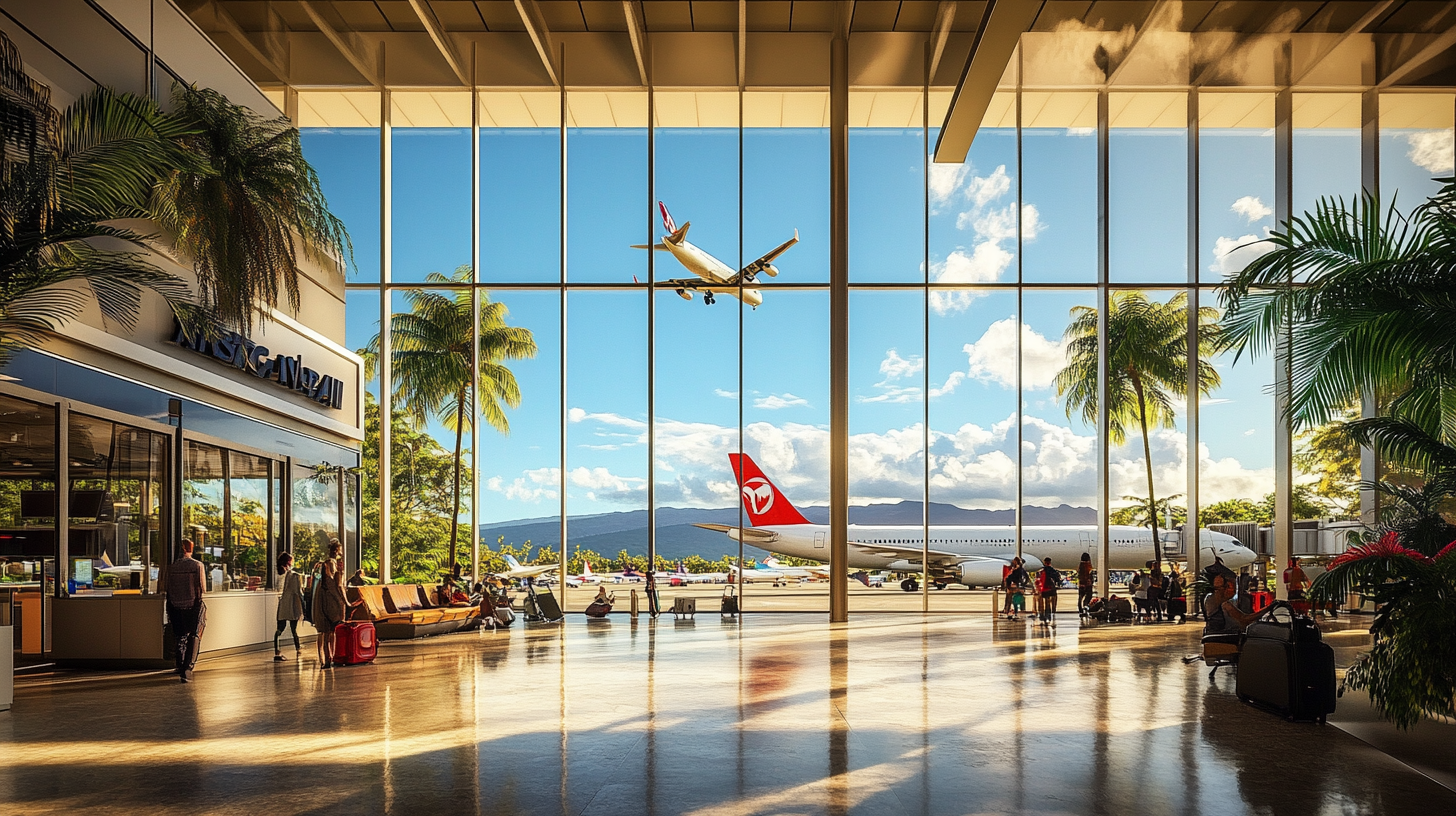
A wide-ranging analysis published this year looked at 65 countries and 150 Hawaii-bound routes to identify the standout carriers. Hawaiian Airlines has always excelled in island-focused hospitality—one reason I often book with them is the easy check-in process and those classic in-flight meals that give you a taste of local cuisine. Alaska Airlines and Southwest also made the top three in many categories, particularly when it comes to mileage accrual and reliability.
Delta, United, American, WestJet, Japan Airlines, and Air Canada fill out the rest of the top 10 for 2025, offering ample choices for travelers with diverse needs. In my experience, some carriers give better perks—like free checked bags or flexible rebooking policies—so it pays to compare them based on your personal priorities. If you already belong to a loyalty program, that’s usually a solid reason to stick with one airline, especially if you can earn or burn miles on these flights.
By combining airline loyalty programs with real-time alerts from platforms like Going (formerly Scott’s Cheap Flights), I’ve stumbled upon fares so low that I doubted my eyes at first glance. Last year, I booked a round-trip flight from the West Coast to Maui for under $300, thanks to a timely alert. With a bit of persistence, you can definitely replicate that success and set yourself up for an unforgettable island-hopping journey.
7. Tips for Getting the Best Deals

Over the years, I’ve experimented with different booking windows, and purchasing tickets 40 to 50 days ahead often hits the sweet spot, especially for Hawaii’s off-peak season. According to flight experts, this strategy helps you avoid last-minute fare hikes and can still land you competitive prices. Of course, if you have some flexibility, checking mid-week flights can also lead to good deals—Tuesdays and Wednesdays tend to be less popular travel days.
One tried-and-true approach for me has been setting up multiple flight alerts across different platforms. Sometimes an airline-specific app will push out flash sales, or a site like Going will announce a brief fare drop. At that exact moment, being prepared to book on the spot can be a game-changer. I’ve also found value in using points, especially if you’ve built up a stash via airline credit cards or general travel rewards.
Lastly, it’s wise to stay on top of any evolving local guidelines. In 2025, regulations can still shift, and you don’t want to be caught off guard. I check local government websites for each island before packing—a quick read can highlight any inter-island requirements or changes to things like car rental policies. The best part about being well-prepared is that when you finally set foot on Hawaiian soil, you can let the vibe sink in without worrying about logistics.
The Bottom Line

When it comes to flying into Hawaii, your airport choice truly shapes your island experience. Oahu’s HNL is unbeatable for sheer convenience and easy inter-island hops, while Maui’s OGG offers a jumpstart into scenic drives and resort-laden coastlines. The Big Island’s KOA and ITO diversify your trip even further—one serves sunny beach resorts, and the other a lush, volcanic marvel. Kauai’s LIH is perfect for a relaxed, nature-oriented arrival, and if you really want to ditch the crowds, Lanai and Molokai airports open the door to rustic, uncrowded retreats.
In my opinion, no single airport is categorically “best”—it boils down to what you want most out of your trip, how flexible you can be with flight times, and whether scoring the absolute cheapest fare is your priority. Inter-island flights remain a staple if you hope to see multiple islands, and a rental car is a must for truly exploring any island’s hidden gems. The good news? Every airport comes with its own unique gateway to the Hawaiian spirit, making your journey as exciting as the final destination.
Equipping yourself with current airline data, travel tips, and flexible booking strategies is half the battle. Once you have that locked down, the only thing you really need to worry about is which beach to hit first. Whether you’re heading out on a family vacation, honeymoon, or solo adventure, starting from the right airport can make your island dream a reality.
Final Thoughts
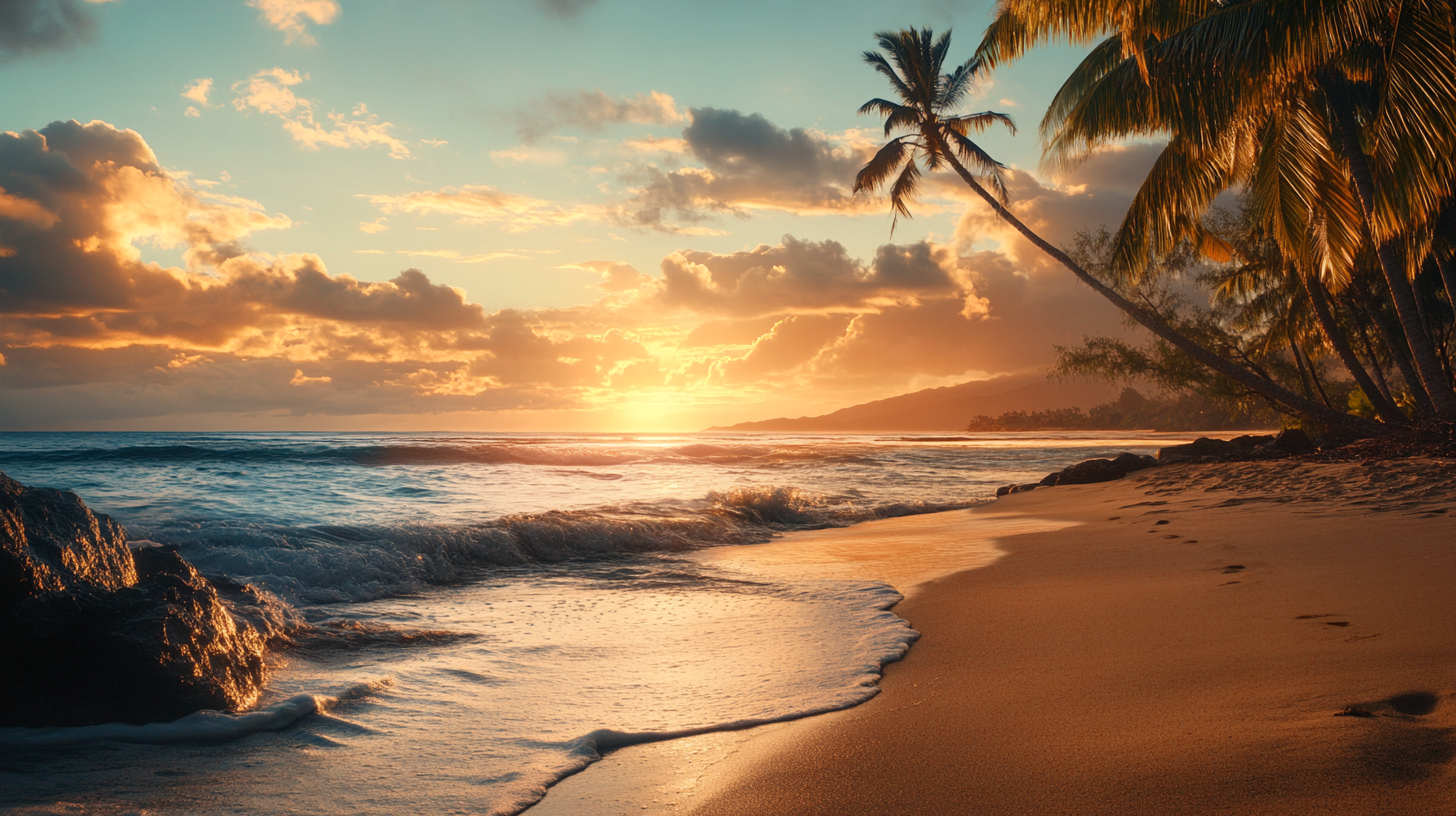
Overall, flying to Hawaii in 2025 presents more options and fewer barriers than ever before. Direct routes continue to expand, making it possible to land on your island of choice without excessive layovers. Preparing ahead—through careful budgeting, mileage tracking, and local guideline checks—sets you up for success. Hawaii isn’t just about the destination; it’s about the journey, and choosing the right entry point can enhance every step of your trip.
I believe each Hawaiian airport carries its own blend of convenience, culture, and scenery. Whether you’re a seasoned visitor or a first-timer, embracing the differences among the islands can lead you to hidden waterfalls, lesser-known hiking spots, and beaches where you might have the shoreline practically to yourself. The key is to remain open to opportunities and pick the pathway that best aligns with your travel style.
Barry B.’s Take
For me, nothing beats that moment when I step off the plane and feel the warm island air. Every time I come to Hawaii, I’m reminded of how each airport can set the tone for the rest of the trip—be it Oahu’s bustling energy or the quiet magic of Molokai. Whether you fancy hopping between islands in one whirlwind journey or settling into a single spot, each approach reveals a different slice of paradise.
My biggest tip is to stay curious. Talk to local agents at each airport, ask for off-the-beaten-path recommendations, and take the time to explore beyond the typical tourist routes. That’s where the real aloha spirit is found.
milesBUZZ is your compass for navigating the latest travel trends, fun airline insights, and everything in between.



